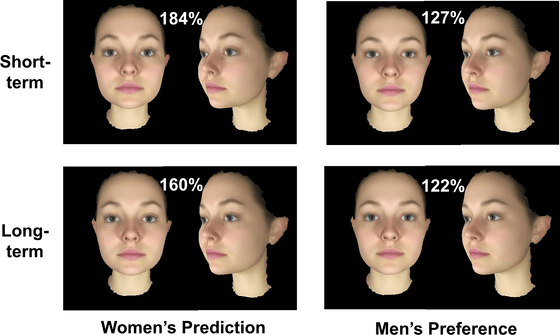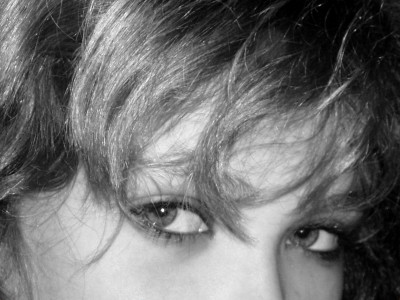Research shows that men are overly convinced that 'manly men are more popular' and women are overly convinced that 'feminine men are more popular'

Previous research has shown that there are differences between men and women in terms of what they think is the ideal body type for the opposite sex. A new study by researchers at the University of St. Andrews has revealed that not only the ideal body type but also the ideal face is different from what the opposite sex actually wants.
Misperception of the facial appearance that the opposite-sex desires | PLOS ONE

Men and women 'don't understand' what the opposite sex finds attractive | Dazed
The conventional wisdom has been that men are attracted to men with strong muscles, and women are attracted to thin, girlish women. In some cases, however, excessive muscle building and dieting in an attempt to realize this ideal has resulted in health problems.
In addition, previous research has shown that there is a discrepancy between 'what an ideal body type is in one's own mind' and what the opposite sex considers to be the ideal body type, and that the opposite sex does not perceive a partner who is overly muscular or overly thin as ideal.
Women are too convinced that 'thinner men are more popular' and men are too convinced that 'muscular men are more popular' - GIGAZINE

Furthermore, a research team led by David Perrett, a professor of psychology at the University of St. Andrews, hypothesized that these differences between men and women may occur not only in terms of ideal body shape but also in terms of ideal facial features.
To do this, the research team created 3D images of the average faces of 50 male and 68 female subjects. For men, the faces could be altered in 10% increments between -100% (feminized), 0% (neutral), +100% (masculinized), and +200% (masculinized). Similarly, for women, the faces could be altered in 10% increments between -100% (masculinized), 0% (neutral), +100% (feminized), and +200% (feminized). Below is the average face of the subjects created by the research team.

The research team then showed the subjects each of the images of the faces they had created and instructed them to 'change the face into one that they found most attractive for short-term or long-term relationships with the opposite sex.'
The results were as follows: When presented with male faces, the average amount that male subjects would rate as attractive for short-term relationships was 91%, compared to 33% for female subjects. In other words, it was clear that men viewed more masculinized faces as 'attractive' than women.

Similar results were reported when female faces were presented, with men finding the average attractiveness for short-term relationships at 127% and women at 184%, indicating that women find more feminized faces 'attractive' than men. The research team concludes, 'Women overestimate the femininity of faces that male partners would prefer, and symmetrically, men overestimate the masculinity of faces that female partners would prefer.'

The researchers then asked participants to rate their own face's masculinity or femininity, as well as their ideal face's masculinity or femininity. Men rated their own face's masculinity level at 37.2% and their ideal face's masculinity level at 65.3%. Women rated their own face's femininity level at 124.0% and their ideal face's femininity level at 161.5%.
'These results suggest that both men and women are more likely to be dissatisfied with their appearance if they mistakenly believe they are not attractive to the opposite sex,' the research team said.
The research team also noted, 'All presented faces and subjects were Caucasian, so further research is needed to generalize our findings to a broader, more representative population.'
Related Posts:
in Science, Posted by log1r_ut






